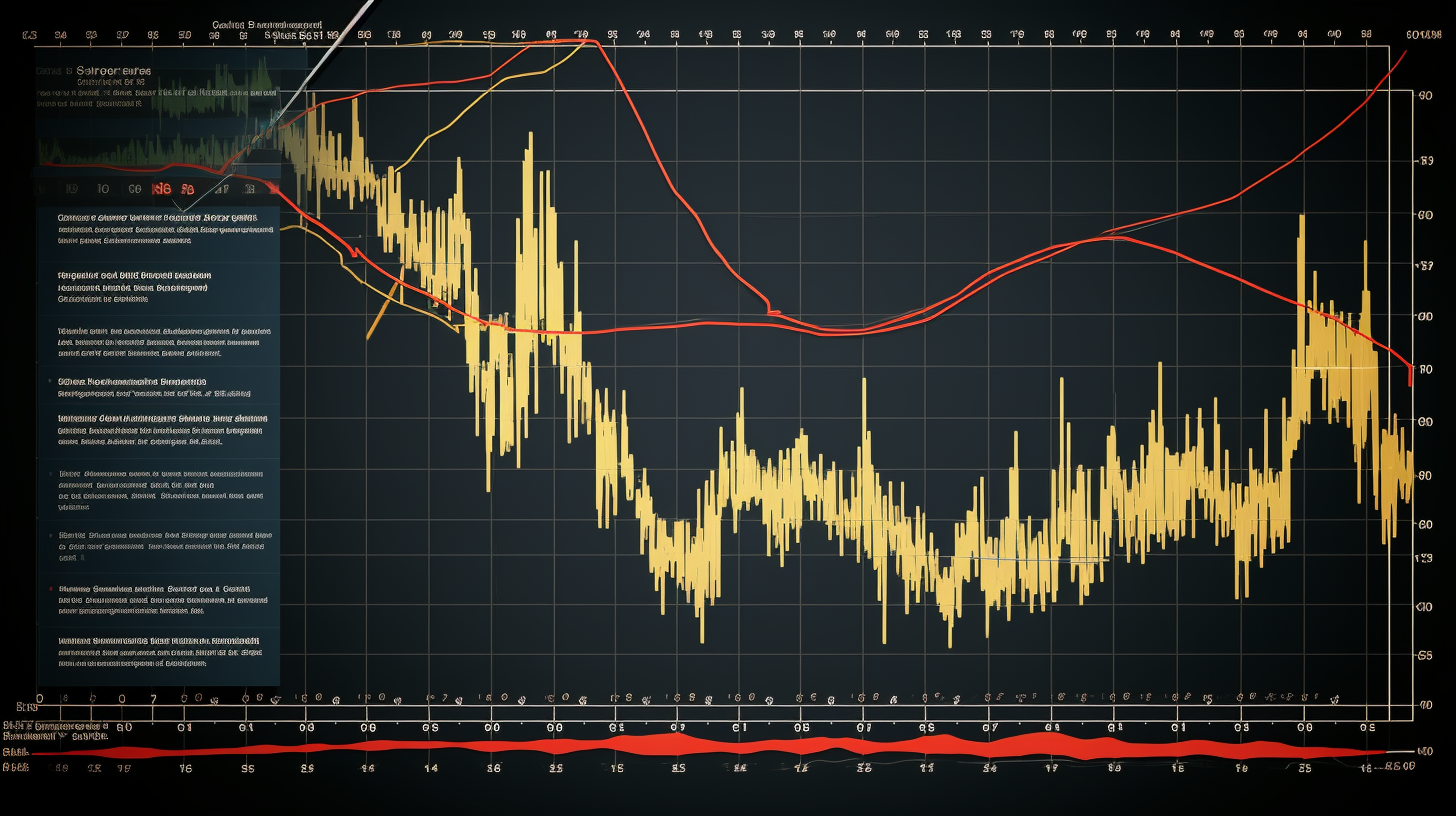THE UNIQUE BENEFIT OF USING THE ProRRT℠ IN SHARPLY DECLINING MARKETS.
Troy, MI – June 1, 2022 – Sharply declining markets present a unique challenge in the selection of mutual funds and ETFs. Obviously, we are looking for mutual funds and ETF’s that have been the “best” over time at producing the composite investment effect we desire from any asset class. But that longer term performance may be “out of sync” with rapidly changing market conditions. Those mutual fund and ETFs that have performed well in a generally rising market, may not be well positioned to perform equally well in a sharply declining market. So, can the ProRRT help in our comparative analysis of mutual funds and ETFs under such conditions? “YES,” and here’s how.
If you select and weight the performance parameters, as you normally would to identify those mutual funds and ETFs that have been best over extended periods of time in producing the composite investment effect you want, you can simply add 3-Month Return to your analysis. We’re not suggesting that you put any weight on it (after all, it is a very short period and virtually anything can happen in a single quarter). However, even unweighted, they provide valuable insight into which mutual funds / ETFs are either better positioned to weather the new down-market conditions, or that have better and more rapidly adapted to such conditions, or both.
For example, below is a ProRRT-produced comparative analysis of 442 Large Cap Value mutual funds and ETFs. One of the ten S&P 500 Value ETFs was selected for scoring and ranking and, as you can see, it ranked 118.
Notice that 3-Month and YTD Returns were added to the analysis as non-weighted factors. Out of the top 15, only two had positive YTD Returns (using 5/31/2022 data) and only two had positive 3-Month Returns, while the S&P 500 Value ETF we had selected lost 356 and 49 bps, respectively for those periods (versus the gains of 409 and 388 bps with #1). Number one also outperformed in both return and volatility in every period. Why? What were the 1st, 2nd, and 3rd ranked funds doing differently?
With the ProRRT we were able to perform this analysis in mere minutes, enabling us to now focus our qualitative due diligence (always a necessary “next step”) perhaps on only the top three.
In general, those mutual funds and ETF’s that tend to perform well in sharply declining markets often do not do well in rising markets because of their risk averse or ultra conservative strategies. However, in this example, we’ve selected and weighted the performance parameters as we might normally weight them in a rising market. Interestingly, you will see that the top scoring mutual funds and ETFs have significantly outperformed the S&P 500 Value ETF over an extended period of time (in rising market conditions) as well as in the most recent 3-Month and YTD periods of sharp market declines.
What you decide to do next with this information is entirely up to you, but the important point is this – with the ProRRT, you can now have this information at your fingertips in mere moments. Valuable? We think so.



